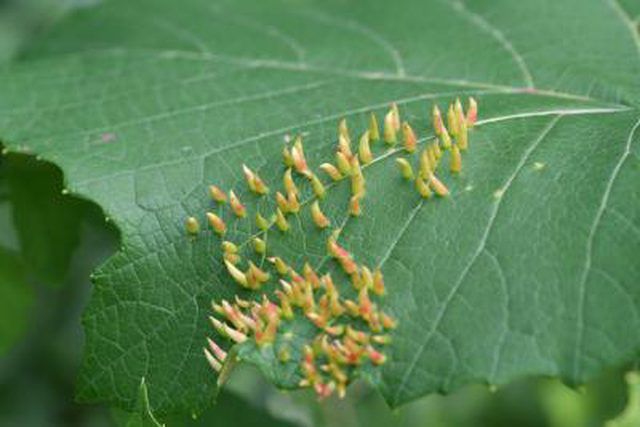Bulbs
Flower Basics
Flower Beds & Specialty Gardens
Flower Garden
Garden Furniture
Garden Gnomes
Garden Seeds
Garden Sheds
Garden Statues
Garden Tools & Supplies
Gardening Basics
Green & Organic
Groundcovers & Vines
Growing Annuals
Growing Basil
Growing Beans
Growing Berries
Growing Blueberries
Growing Cactus
Growing Corn
Growing Cotton
Growing Edibles
Growing Flowers
Growing Garlic
Growing Grapes
Growing Grass
Growing Herbs
Growing Jasmine
Growing Mint
Growing Mushrooms
Orchids
Growing Peanuts
Growing Perennials
Growing Plants
Growing Rosemary
Growing Roses
Growing Strawberries
Growing Sunflowers
Growing Thyme
Growing Tomatoes
Growing Tulips
Growing Vegetables
Herb Basics
Herb Garden
Indoor Growing
Landscaping Basics
Landscaping Patios
Landscaping Plants
Landscaping Shrubs
Landscaping Trees
Landscaping Walks & Pathways
Lawn Basics
Lawn Maintenance
Lawn Mowers
Lawn Ornaments
Lawn Planting
Lawn Tools
Outdoor Growing
Overall Landscape Planning
Pests, Weeds & Problems
Plant Basics
Rock Garden
Rose Garden
Shrubs
Soil
Specialty Gardens
Trees
Vegetable Garden
Yard Maintenance
Leaves Falling Off a Lemon Tree
Leaves Falling Off a Lemon Tree. It is normal for a lemon tree to lose an occasional leaf, however excessive leaf drop indicates the tree is stressed. Common stresses causing leaf drop include nutrient deficiency, water stress and pest infestation.
It is normal for a lemon tree to lose an occasional leaf, however excessive leaf drop indicates the tree is stressed. Common stresses causing leaf drop include nutrient deficiency, water stress and pest infestation.
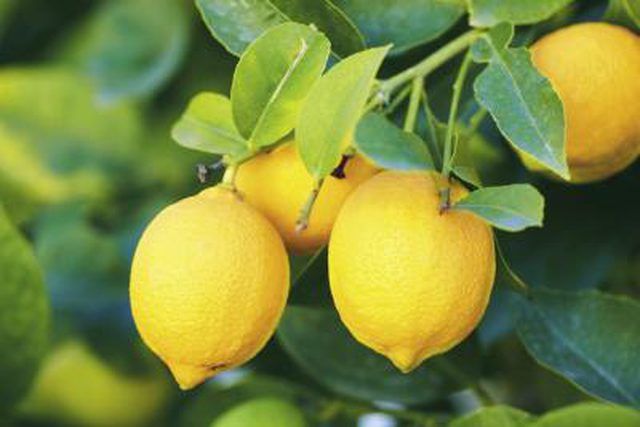
Nitrogen deficient lemon trees exhibit yellowing leaves and stunted growth before leaf drop. Young leaves are smaller, thinner and lighter green than usual. Older leaves change slowly from green to mottled yellow. Fertilize young lemon trees with nitrogen every month. Trees of fruit-bearing age should be fertilized just prior to flowering and again at the time of fruit-set.
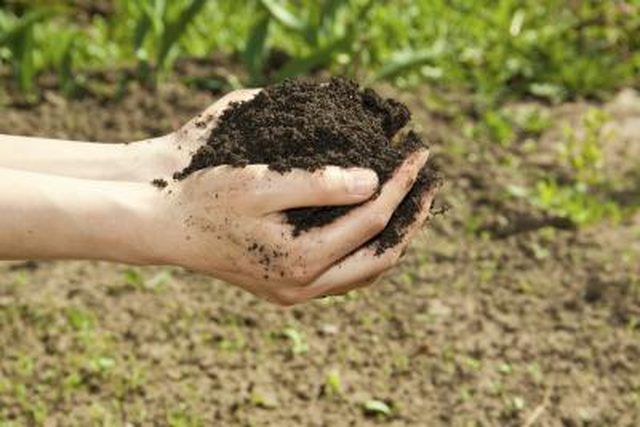
Iron deficiency occurs in lemon trees grown in soils high in calcium, in wet soils with poor drainage, and in trees grown in cool temperatures. Symptoms of advanced iron deficiency, iron chlorosis, in lemon trees include pale to white, thin leaves and leaf drop. Add compost and peat to improve drainage in soils with heavy clay content. Treat trees suffering from iron chlorosis with iron chelates. Do not use a fertilizer containing phosphorous as this will exacerbate iron chlorosis. Read the fertilizer label carefully to ensure all the contents are chelated. Apply at rate indicated on fertilizer label.
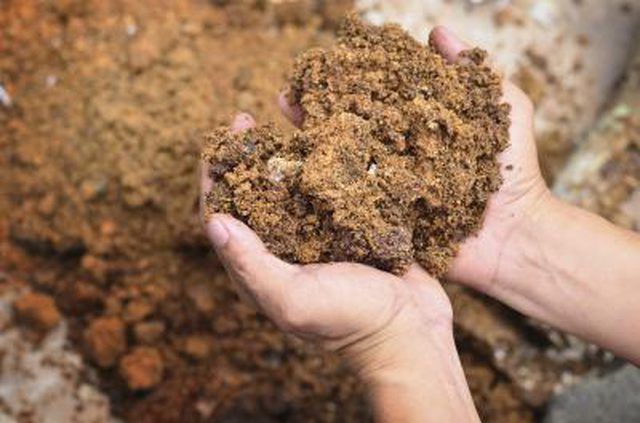
Lemon trees are moisture sensitive and will drop leaves when over- or under-watered. Initially, leaves on drought-stressed trees curl and turn dry. Leaves on over-watered trees flatten and droop. To establish young trees, water thoroughly three times the first week. Water two times a week for the following two weeks. After four weeks, water only when the soil is dry 1 inch below the soil surface. Water lemon trees from the trunk to the edge of the tree's drip line until the soil is wet 2 feet below the soil line.
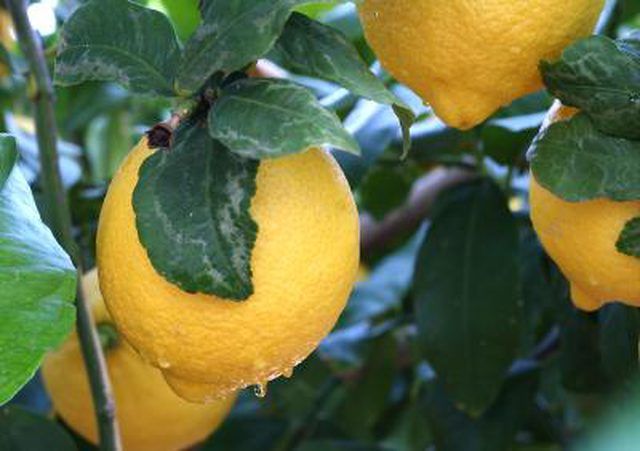
Severe infestations of rust mite may cause leaf drop on lemon trees, especially in mid-summer. Other symptoms of citrus rust mite include darkened, small fruit. Sunburst, Fallglo, and Ambersweet cultivars are particularly vulnerable to rust mite infestation. Treat citrus rust mite with neem or another horticultural oil according to the directions on the label.
